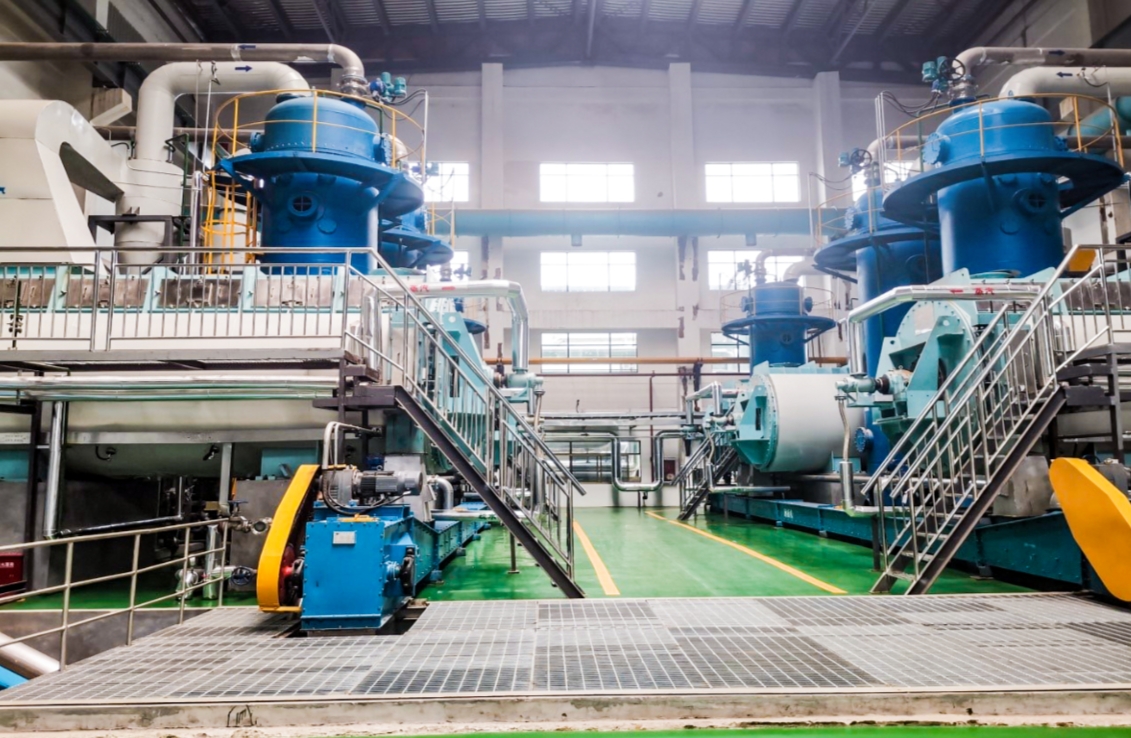

BLOG
The most comprehensive introduction to biosolids dryers | Waste to resource
The most comprehensive introduction to biosolids dryers | Waste to resource
15 November 2023
In the ever-evolving landscape of wastewater treatment, biosolids dryers have emerged as a transformative solution, turning what was once considered waste into a valuable resource. These innovative drying technologies play a crucial role in the efficient management of sludges, reducing transportation costs, and creating high-quality biosolid fertilizers for a wide variety of applications.
Understanding the Drying Process:
At the heart of a biosolids dryer lies a sophisticated drying process that effectively removes moisture from sludges, leaving behind dry material rich in nutrients. As sludges enter the dryer, they undergo a carefully controlled process, ensuring optimal conditions for moisture evaporation. This results in a significant reduction in volume, making transportation more cost-effective and environmentally friendly.

Cooling Screw and Feed Hopper:
Key components of biosolids dryers include the cooling screw and feed hopper. The cooling screw plays a vital role in the post-drying phase, gradually reducing the temperature of the dried material. This not only enhances the overall efficiency of the drying system but also ensures that the final product meets the required quality standards. The feed hopper, on the other hand, facilitates the introduction of sludges into the drying system, streamlining the entire process.
Transportation Cost Reduction:
One of the primary advantages of biosolids dryers is their ability to significantly reduce transportation costs. By converting wet sludges into a dry, concentrated form, these dryers minimize the volume of material that needs to be transported. This not only lowers transportation expenses but also reduces the environmental impact associated with hauling large quantities of water.
Versatility for a Wide Variety of Applications:
Biosolids dryers are designed to handle a wide variety of sludges from wastewater treatment plants. This versatility makes them a valuable asset for municipalities and industries dealing with different types of sludges. The resulting dry material can be transformed into biosolid fertilizers, opening up possibilities for sustainable agriculture and soil improvement projects.
Capturing Particulate and Ensuring Class A Biosolids:
Advanced biosolids dryers incorporate features such as heat exchangers that not only contribute to the drying process but also capture particulate matter, ensuring compliance with environmental regulations. The result is Class A biosolids – a high-quality, safe, and nutrient-rich product that can be confidently utilized in various applications.
Cost-Effective and Environmentally Friendly:
In addition to transportation cost savings, biosolids dryers are recognized for their overall cost-effectiveness. The drying process is designed to be energy-efficient, and the end product's versatility makes it a sustainable alternative to traditional waste disposal methods. The adoption of biosolids dryers aligns with the growing commitment to environmentally friendly practices in wastewater management.
Conclusion:
Biosolids dryers represent a paradigm shift in the way we manage sludges from wastewater treatment plants. By harnessing advanced drying technologies, these systems offer cost-effective solutions, reduce transportation expenses, and create valuable biosolid fertilizers. As the demand for sustainable and environmentally friendly practices continues to rise, biosolids dryers are poised to play a central role in transforming waste into a valuable resource for the benefit of communities and the planet.



